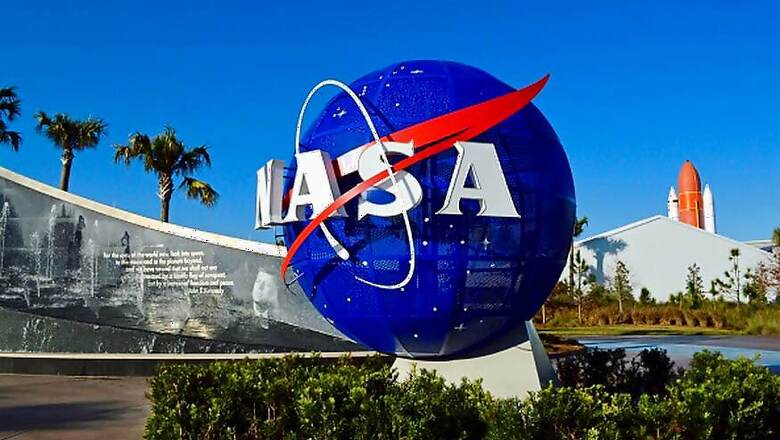
views
NASA is about to start testing a key energy source that could "empower" human crews on the Mars surface, energising habitats and running on-the-spot processing equipment to transform the Red Planet resources into oxygen, water and fuel. Testing of the Kilopower project is due to start in November and go through early next year, with NASA partnering with the US Department of Energy's (DOE) Nevada National Security Site to appraise fission power technologies, NASA said on Tuesday.
News18.com Presents Tech and Auto Awards 2017 | Vote For Your Favourite Smartphone, Car, Two-Wheeler And More!
"The Kilopower test programme will give us confidence that this technology is ready for space flight development," said Lee Mason from NASA's Space Technology Mission Directorate. "We'll be checking analytical models along the way for verification of how well the hardware is working," Mason said. The pioneering Kilopower reactor represents a small and simple approach for long-duration, Sun-independent electric power for space or extraterrestrial surfaces.
Offering prolonged life and reliability, such technology could produce from one to 10 kilowatts of electrical power, continuously for 10 years or more, Mason pointed out. The prototype power system uses a solid, cast uranium-235 reactor core, about the size of a paper towel roll. Reactor heat is transferred via passive sodium heat pipes, with that heat then converted to electricity by high-efficiency Stirling engines.
A Stirling engine uses heat to create pressure forces that move a piston, which is coupled to an alternator to produce electricity, similar in some respects to an automobile engine. Having a space-rated fission power unit for Mars explorers would be a game changer, Mason added. "Space nuclear reactor could provide a high energy density power source with the ability to operate independent of solar energy or orientation, and the ability to operate in extremely harsh environments, such as the Martian surface," Patrick McClure, project lead on the Kilopower work at the Los Alamos National Laboratory, said.
Moving the power system from ground-testing into a space system is an achievable objective, said Kilopower Project Manager Don Palac. Looking into the future, Mason suggests that the technology would be ideal for further lunar exploration objectives too. "The technology doesn't care. Moon and or Mars, this power system is agnostic to those environments," Mason said.
Watch: Motorola Moto X4 First Look | The Improved Moto G5s Plus




















Comments
0 comment